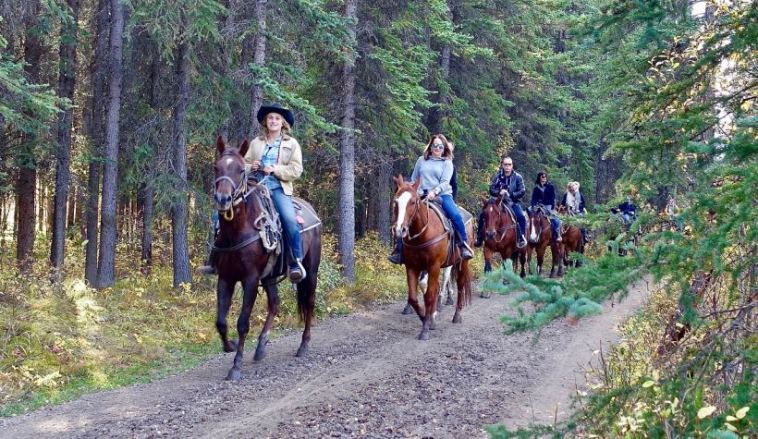- Like
- SHARE
- Digg
- Del
- Tumblr
- VKontakte
- Flattr
- Buffer
- Love This
- Save
- Odnoklassniki
- Meneame
- Blogger
- Amazon
- Yahoo Mail
- Gmail
- AOL
- Newsvine
- HackerNews
- Evernote
- MySpace
- Mail.ru
- Viadeo
- Line
- Comments
- Yummly
- SMS
- Viber
- Telegram
- JOIN
- Skype
- Facebook Messenger
- Kakao
- LiveJournal
- Yammer
- Edgar
- Fintel
- Mix
- Instapaper
- Copy Link
Introduction
Horseback riding is a healthy and fun activity that is great for the entire family. The fresh air, beautiful views, and good times are hard to match.
But before you just set out for the day’s ride, it’s always important to start out on the right foot. Even seasoned horseback riders can get complacent from time to time.
No matter how many times you’ve saddled your horse, every horse owner is responsible for the comfort and wellbeing of their horse, having a duty of care to maintain their health.
The fit of a saddle is more important than may initially meet the eye, causing discomfort and having the potential to impact the back muscles over time if ill fitted.
As you get your horse out of their stable rugs and ready for riding, the saddle should be regularly checked and monitored to ensure your horse is comfortable and pain-free, achieving maximum performance.
4 Step Check to Help Ensure the Fit of Your Saddle
We’ve pulled together a simple 4 step check to help ensure the fit of your saddle is suitable:
Step 1: Check Your Angles
The points of the saddle should sit comfortably against your horse’s body if the width is suitable for their size. To check this, stand next to your horse with your left shoulder against their left shoulder, looking at the angle of the saddle point against the angle of the horse’s shoulder. The point should naturally follow the shape of the body but if it is facing inwards then it indicates the saddle is too narrow, or on the other hand, if the point sticks out, it is too wide.
Step 2: Ensure Limited Movement
As the saddle sits on the horse’s back, it should not display any movement as this is a sign of a poor fit and can put too much pressure on the horse. The pommel and the cantle should sit level as a pommel being too high will disperse the weight of the rider too far back on the horse and cause discomfort. Similarly, the saddle shouldn’t be too low as this can also cause extreme sensitivity. To check if your saddle is positioned correctly, put a hand on both the pommel and the cantle and disperse the weight to check that the saddle does not move around.
Step 3: Allow Sufficient Space
Your horse should have enough space to remain comfortable and avoid impacting their performance, finding the perfect balance between too tight and too loose. Your fingers should be able to fit comfortably between the pommel and the withers, including the sides, even when the weight of the rider is present. Check the space all the way down the gullet channel too, ensuring that the saddle is not too close to the spine as this can be a painful fit for the horse.
Step 4: Look Out For Bridging
If the saddle is not in contact, this is known as bridging and will affect the pressure points, being an extremely uncomfortable experience for your horse. Run your hand underneath the panels as you apply a pressure to the saddle and look out for any gaps which are present underneath. Ideally, the contact should be smooth and consistent but if not, this means the fit is incorrect. While the saddle is off your horse, this is another opportunity to check for any lumps or gaps by running your hands along the panel, identifying any issues before you continue using a poorly fitted saddle.
The Bottom Line
Horseback riding is a healthy and fun activity, however, ensuring that your horse has a joyful experience is important to them just as your own safety and comfort is important to you.
An improperly fit saddle can cause fatigue and potential injury to your horse if left uncheckd. Worse case scenario, an improperly fitted saddle can be dangerous for the rider.
To avoid any problems, simply follow the steps in this guide to ensure both you and your horse enjoy the ride!
About Theresa Duncan
Originally from Detroit, MI, Theresa has been offering health and fitness advice for the last 30 years while working as an engineer. She decided to turn her passion into a profession, and finds nothing more satisfying than helping others reach their health and fitness goals.

